Kutaisi
The city of bridges and an old capital of Colchis kingdom
Formerly it was the ancient capital of Colchis and Imeretia kingdoms. Today it is the second largest and significant city in Georgia. Kutaisi is located in the Rioni river valley on Colchis lowland. The river Rioni is mentioned in the myths of the Golden Fleece for a reason: local residents used to extract gold there. They put their sheep skins across the flow and waited for a few hours and then combed out gold dust from them. The symbol of a sheep skin covered with gold was later named the Golden Fleece.
This rich fertile river valley sated with cold springs, and magnificent green woods became the centre of the ancient Colchis kingdom with Kutaisi as its capital (from the 780s). From the end of the 10 th century until the time when Tiflis was free from Seljuks Kutaisi was the capital of the united Georgian kingdom and for about 150 years carried out this honorable mission. In the end of the 15 th century Imeretian area was singled out from Georgian state as independent Imeretia kingdom with the capital in Kutaisi. In the 17th century it conquered by Turks, in the 18th century it was set free by Russian armies. And in 1810 Imeretian kingdom was a part of Russian empire as Imeretian area.
In the beginning of the 20 th century it was a silent provincial little town. For the years of the Soviet power Kutaisi turned into a large industrial centre of the republic.
Today there is practically no industry there but Kutaisi remains is still the second important city of the country – the regional center of Imeretia with about 200 thousand inhabitants. The city has managed to save the outlines of medieval architecture and buildings as well as winding streets and lanes. The city stretches on both banks of the Rioni which is decorated with the bridges unique in their structures and beauty. They distinguish Kutaisi due to their originality and dissimilarity from other cities.
The old right-bank part of the city is the more interesting. There you will find 1-2-storey houses with hanging glazed verandahs standing above one another on the steep slopes buried in verdure. Nearby there are tremendous medieval temples: Helati, in which David the Builder was buried, dilapidated but nevertheless working Bagrat Temple. These temples are protected as objects of the World Legacy by UNESCO.


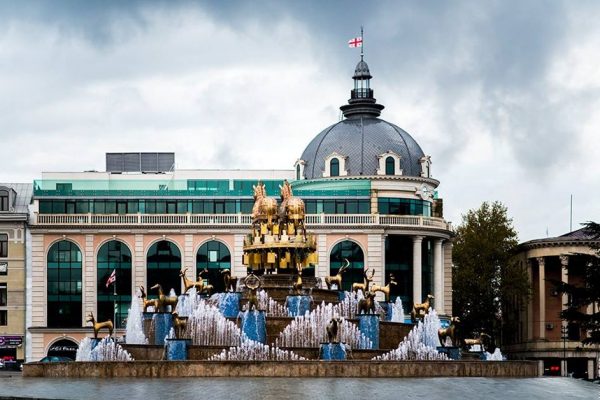
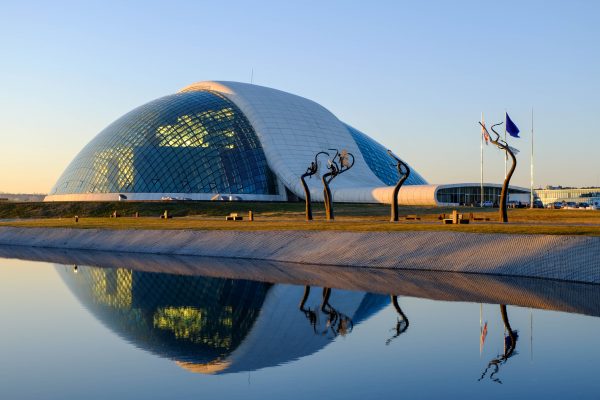
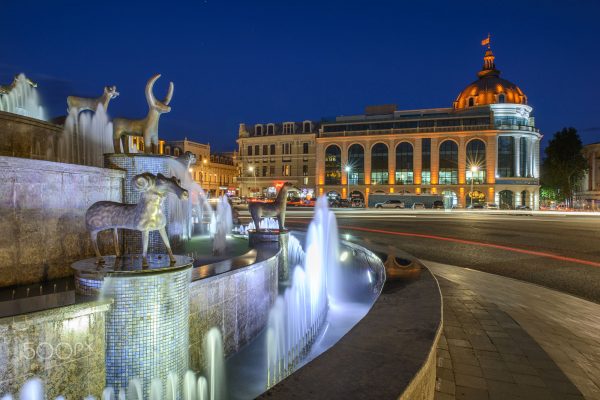
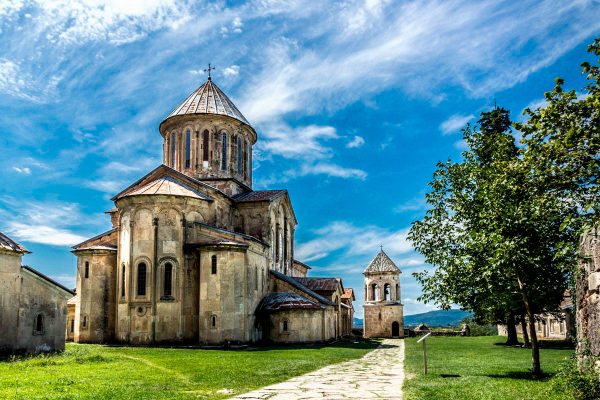
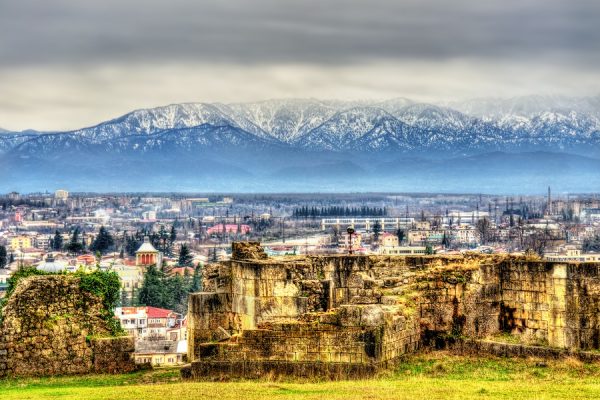

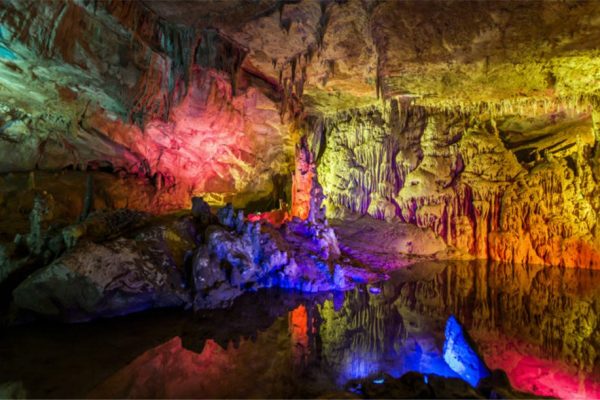
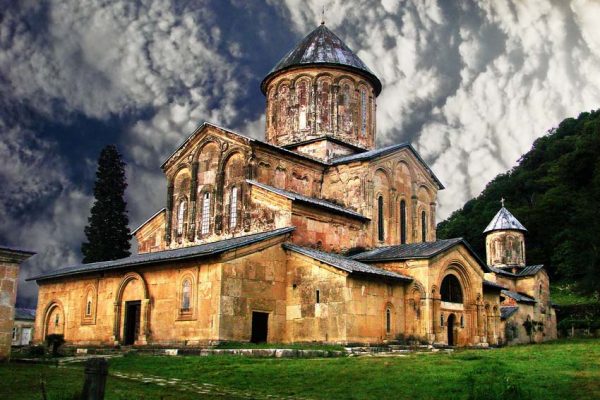
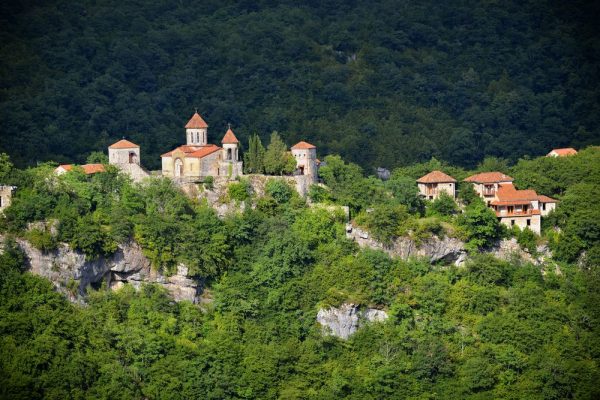
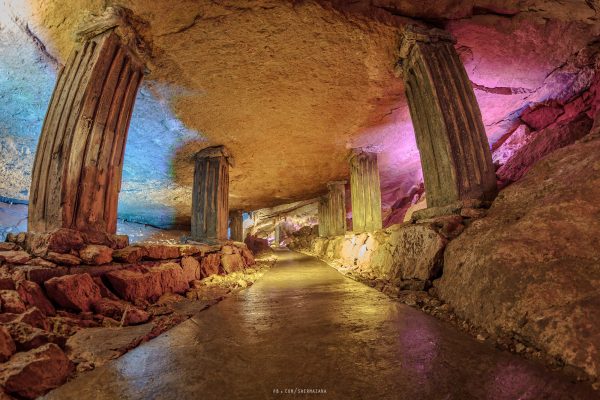

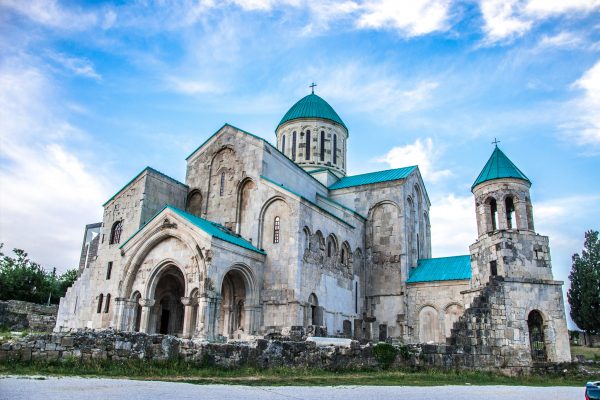
No Comments